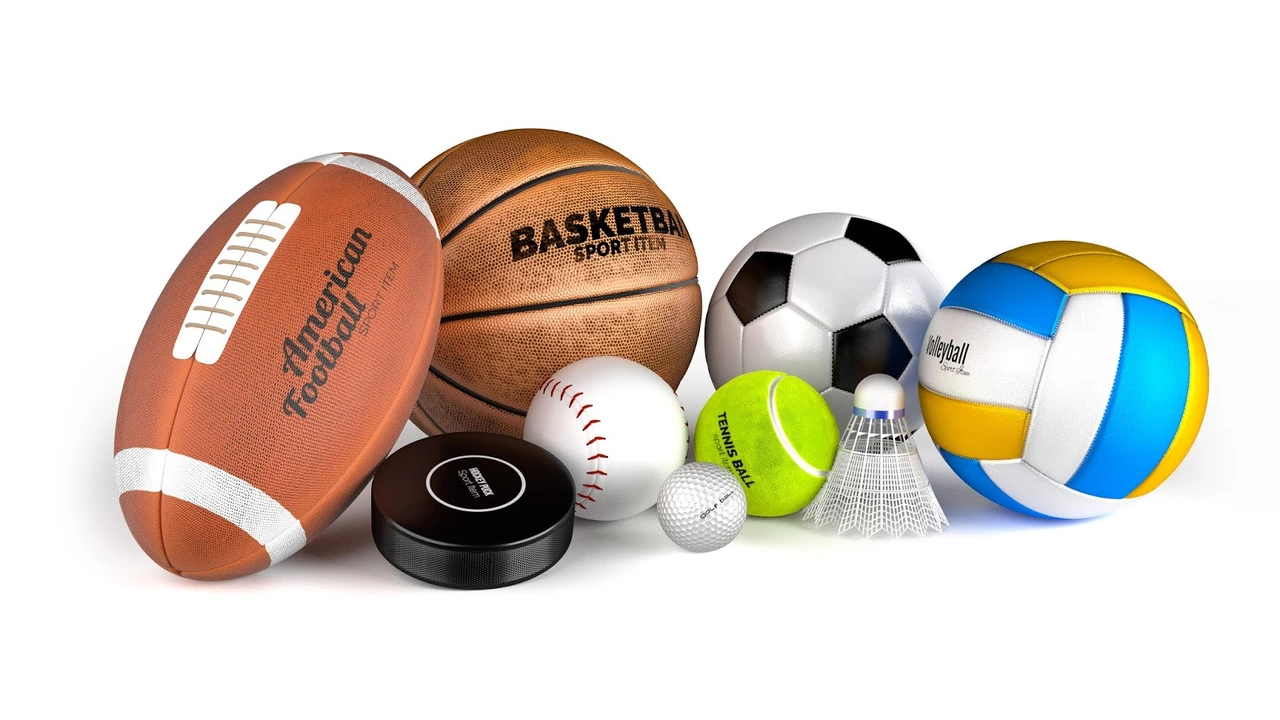Sports Comparisons: What Happens When Different Sports Meet
Ever wonder how a 51‑second UFC stoppage stacks up against a season‑long football dominance? Or why an ankle injury in college football feels just as painful as a groin kick in the cage? This page breaks down the biggest head‑to‑head moments across the sports we love, so you can see the patterns, the drama, and the lessons without scrolling forever.
Combat Sports vs. Team Sports: How Quick Stops Change the Game
Take the UFC Fight Night 259 bout between Zachary Reese and Sedriques Dumas. A single accidental groin kick ended the fight after 51 seconds. The referee gave Dumas five minutes to recover, but the pain was too much and the match was declared a no‑contest. In contrast, a college football injury like Ethan Barbour’s broken ankle didn’t stop the game. Georgia kept playing, and the Bulldogs still won 28‑6. Both moments show how rules treat accidental fouls differently: combat sports often stop immediately for safety, while football lets the team play on unless a player can’t return.
In the golf world, Viktor Hovland’s comeback at the PGA Championship feels like a long‑term version of a quick stoppage. He almost quit after a slump, but a coaching change sparked a surge that put him tied for fourth. The lesson? Whether it’s a 51‑second knockout or a season‑long slump, a small change—medical, tactical, or mental—can flip the script.
Jersey Traditions and League Dominance: Why Colors and Records Matter
Fans love to compare jerseys, and two classic cases are the Italian Azzurri’s blue kit and Scotland’s Premiership dominance. Italy wears blue because of the House of Savoy, not the national flag—a historic choice that still fires up supporters. Meanwhile, Celtic’s nine‑in‑a‑row titles make the Scottish league feel one‑sided, like a coin with the same face on both sides. Looking at these stories side by side, you see how tradition fuels identity, while repeated success can make a league feel unfair.
Another everyday comparison is how you wear a soccer jersey. The guide says fit matters more than brand, and you can pair it with jeans, shorts, or a jacket for a casual look. It’s a simple reminder that whether you’re cheering on a team or playing yourself, the right gear makes the experience personal.
Finally, think about national sport pride. South Africa’s rugby success beats out its cricket and soccer achievements, just as the PGA Championship highlights individual golf resilience. Both showcase how a country’s focus can shape its international reputation.
Putting all these pieces together, the common thread is clear: every sport has its own way of handling setbacks, celebrating traditions, and measuring dominance. By comparing them, we get a richer picture of what makes each game exciting and why fans stay hooked.
Use these side‑by‑side insights the next time you argue about which sport is tougher, which jersey looks better, or why a short fight can feel just as dramatic as a full season. The comparisons aren’t just fun—they help you understand the deeper rules, history, and emotions that drive the games we love.
- Kieran Winchester
- Jul, 22 2023
- 0 Comments
Why is a tie in soccer much more frequent than in other sports?
In soccer, ties or draws are a common occurrence due to the nature of the game. It's inherently low-scoring, meaning there's a lot less opportunity for a team to pull ahead, unlike sports with higher scoring rates. Additionally, the sheer length of the game, combined with the physical demands, often results in a score stalemate. Moreover, the tactical defensive play, where teams focus on denying their opponents scoring opportunities, often leads to draws. So, in essence, the structure and strategies of soccer naturally lend themselves to more frequent ties compared to other sports.
